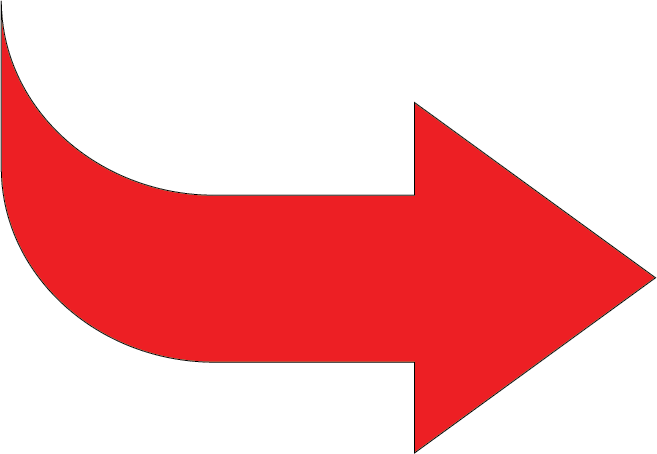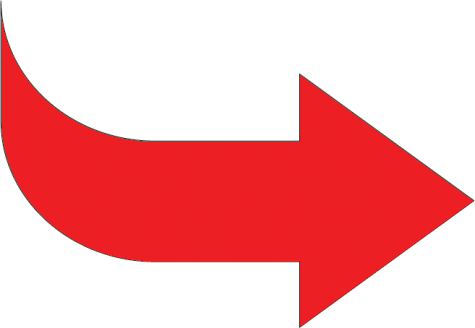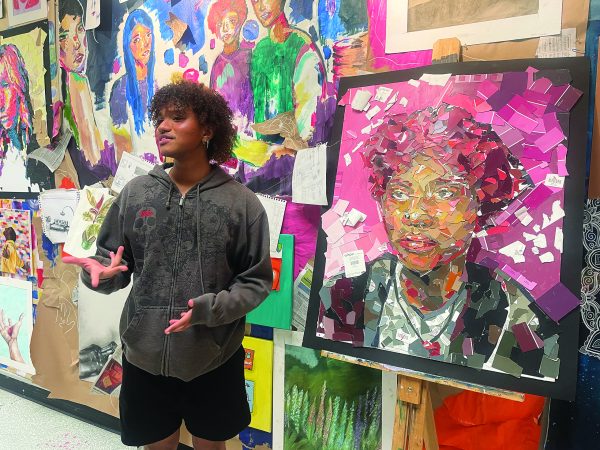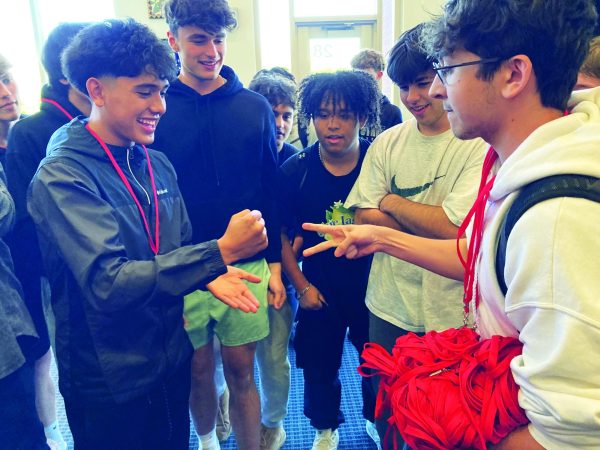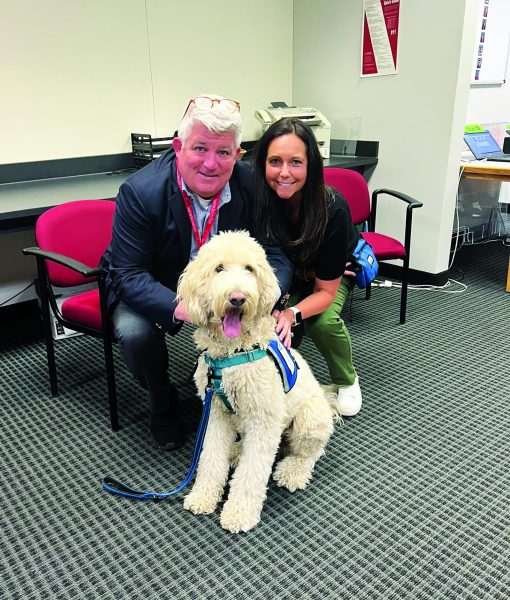Contextualizing the Russia-Ukraine War
Russia invaded Ukraine on February 24.
Formed in 1922, the Union of Socialist Republics (USSR) encompassed 15 countries from Eurasia, including Russia and Ukraine. The USSR fell in 1991.
According to University of Pennsylvania Russian and East European Studies professor Mitchell A. Orenstein, the USSR is often categorized by its isolated position in foreign affairs enabled by supplying its citizens with a constant chain of propaganda and its strong aversion to the West.
“The USSR game plan,” Orenstein said, “[was to] cut people off from outside the countries, cut the economy off from the outside world, and relatively run an oligarchic society that was insulated from international influence and watched very closely.”
Russia’s current president, Vladimir Putin, was born in 1957 Russia, meaning he grew up in the USSR.
According to Orenstein, Putin is like a “product of the Soviet Union” and has developed a “post-Soviet” mentality. “I feel like [the Russia] that Putin constructed is really ‘Soviet Union 2.0’,” Orenstein said. “He understood and liked that system. He’s created a sort of light, semi-capitalist version of that with the same type of reproach.”
Putin’s invasion of Ukraine is rooted in his desire to reinstate the USSR and to dismantle what he feels is a vulnerable Russia to the European powers and NATO countries.
The North Atlantic Treaty Organization (NATO) is a military alliance composed of 30 countries, 28 being European. A unique aspect of NATO is its collective defense policy.
According to NATO, “Collective defense means that an attack against one Ally is considered as an attack against all Allies,” meaning that when a NATO country is attacked, other NATO countries will aid in that country’s defense, making it stronger.
Putin feels that NATO is creeping closer to Russia’s borders as more countries in Europe, such as Finland and Sweden, join NATO and that NATO countries ultimately pose a threat. So, Ukraine joining NATO would place a European NATO country right against its borders and, in Putin’s eyes, increase the threat of NATO.
According to Orenstein, when Russia invaded Ukraine in 2014, Putin “turned the vast majority of Ukrainians off to Russia.”
“In 2014, [Russia] grabbed some new territory, mostly territory that had a Russian-speaking population and [Russia] thereby pushed out the Ukrainians who previously felt that Russia was their friend, their neighbor and a protector.”
Ukraine then began to tred further on the path of westernization, increasing the probability of them joining NATO.
On February 24, Russia invaded Ukraine for the second time in hopes to prevent Ukraine from continuing westernization.
“[Russia] invaded to stop the process started by their previous invasion. And this invasion has only pushed Ukraine further to the West as well,” Orenstein said.
According to Orenstein, Putin gravely miscalculated the effort it would take to annex Ukraine.
“[Russia] seems to have failed from an intelligence perspective, it didn’t understand that the Ukrainians would put up a fight, and it didn’t understand the extent to which the West would unify with very damaging sanctions on Russia,” Orenstein said.
Russia estimated that they would be able to take control of Kiev in two to three days. It’s now been over 20 days and Orenstein said that Russia’s army “seems to be stuck.”
During a vote in the General Assembly of the United Nations to pass a resolution to demand Russia to stop their invasion of Ukraine, out of the 193 countries that are a part of the United Nations, 153 countries voted to pass the resolution.
The immense support for Ukraine is also shown through the economic sanctions against Russia, which have been weakening Russia’s economy.
According to Time, Russia’s domestic currency, the ruble, has decreased almost 26% in value, a record low in Russia.
However, “it would take a lot for Russia to sort of give up enough in Ukraine to where it actually reduces the effects of the sanctions and the sanctions would be withdrawn,” Orenstein said.
The sanctions are heavily impacting the people of Russia as the prices of goods greatly increase and people lose their jobs.
Along with the effects of the sanctions on the Russian people, “[many] are afraid because Russia’s cracking down on domestic protest, thousands of people are being thrown in jail and hundreds of thousands of people are leaving Russia right now, seeking refuge abroad,” Orenstein said.
According to Orenstein, the Russia-Ukraine war could end in multiple scenarios: Russia and Ukraine could conclude to some sort of peace agreement, Russia and Ukraine could enter into a “Cold War situation” where Russia and Ukraine agree on de facto border lines, there could be a coup in Russia where new leadership will take over; there’s a multitude of possibilities.

